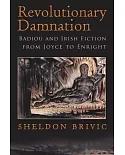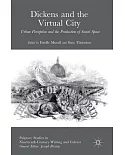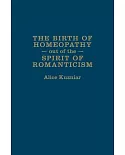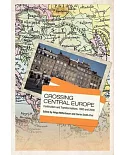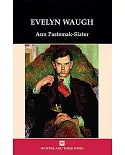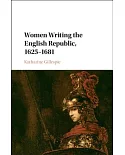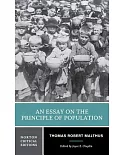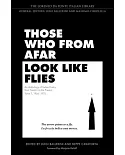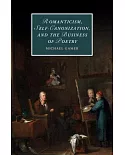This book was originally published in 2007. The relationship between the work of Charles Dickens and popular literature has often been noted, but the extent to which his fiction and journalism
were rooted in, and continued to respond to, the popular radical culture of his time has so far been unexplored. Sally Ledger traces the influence of Regency radicals, such as William Hone and
William Cobbett, and mid-century radical writers, such as Douglas Jerrold and the Chartists Ernest Jones and G. W. M. Reynolds. She offers substantial new readings of works from Pickwick to
Little Dorrit, arguing that Dickens's populism bridged eighteenth- and nineteenth-century conceptions of the `popular', the first identified with the political idea of `the People', the second
identified with a mass-market `populace' that emerged during Dickens's career. Richly illustrated, this study also uncovers the resonance between Dickens's writings and popular graphic art by
George Cruikshank, Robert Seymour, C. J. Grant and others.


